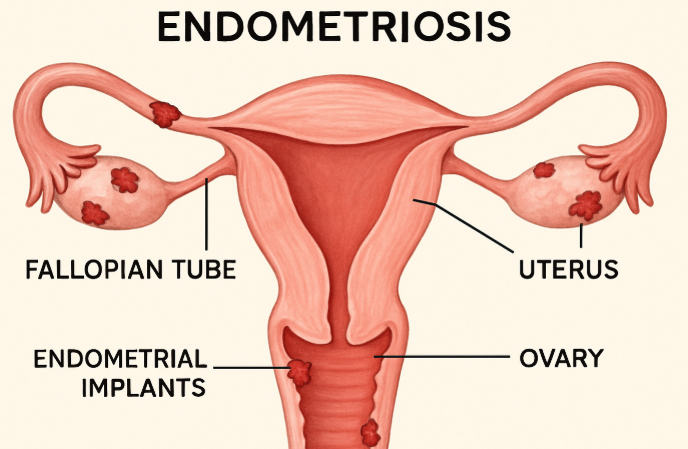Premature birth — delivery before 37 weeks — is a leading cause of newborn health complications. Uterine thinning, whether affecting the uterine wall or the cervix, can weaken pregnancy support and trigger early labor.
Every pregnancy relies on the uterus to be a safe, strong, and stable home for the developing baby. While the body is naturally designed to protect and support life until birth, certain medical conditions can weaken this support system.
One of these is uterine thinning, a condition in which the uterine wall or the cervix becomes weaker and thinner than normal. This issue can compromise the ability to carry a pregnancy to full term, increasing the risk of premature birth — delivery before 37 weeks.
Premature birth is a leading cause of newborn health problems, including breathing difficulties, feeding issues, and long-term developmental challenges. According to the World Health Organization (WHO), around 15 million babies are born prematurely each year, and complications from prematurity are the leading cause of death among children under five.
By understanding what causes uterine thinning, how it affects pregnancy, and what can be done to prevent it, expectant mothers can take proactive steps to protect both their health and their baby’s.
This guide explains the causes, risks, and evidence-based prevention methods to help you maintain a healthy pregnancy.
Continue reading “Uterine Thinning and Premature Birth: Causes, Prevention, and Treatment”
